
Why does the leaning tower of Pisa keep leaning but not falling?
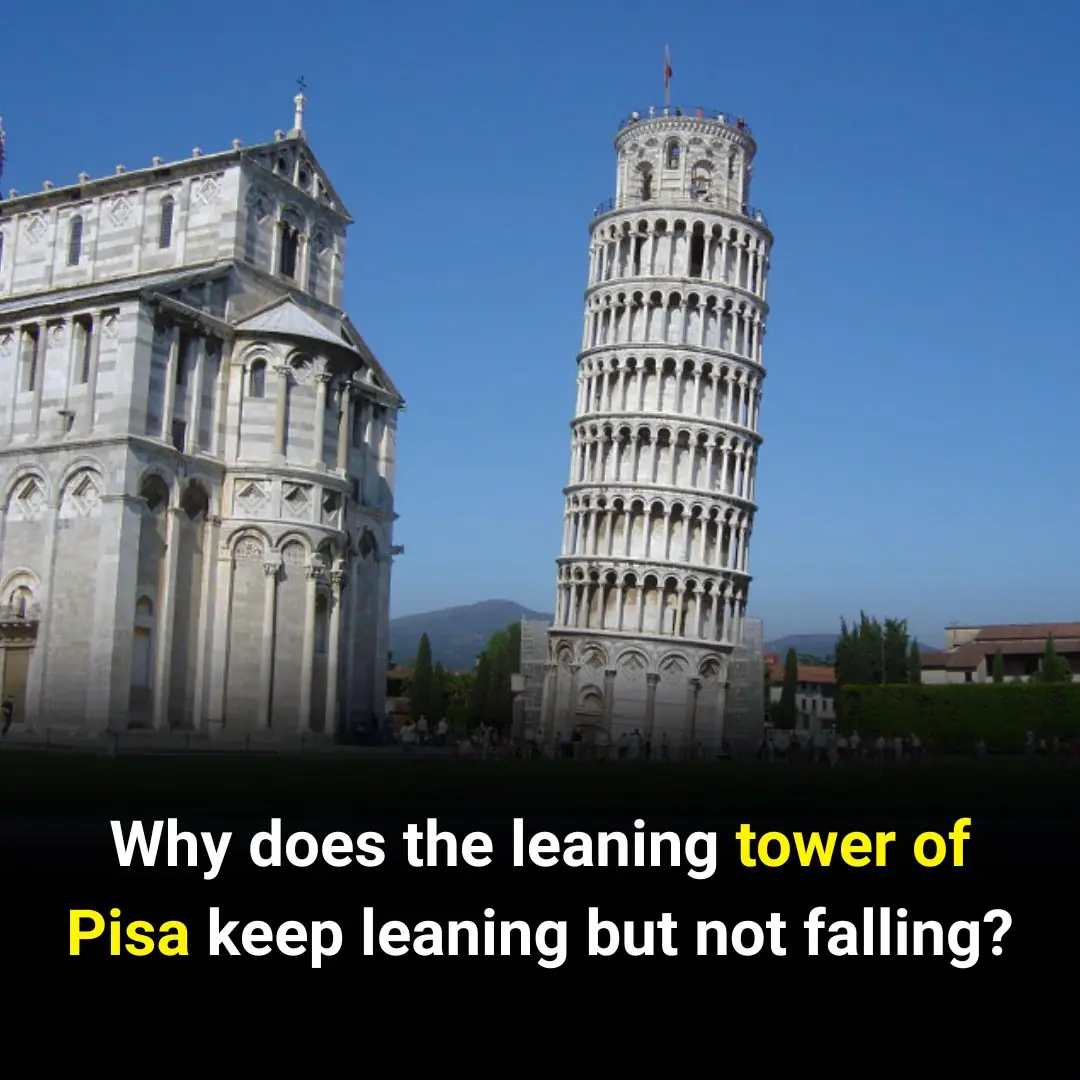
It is rare for a work of art to become a masterpiece of humanity precisely because of mistakes made during its construction. Yet in Italy, there exists such a structure—the famous Leaning Tower of Pisa (often mistakenly called “Pizza” because that, too, is a signature of Italy). This architectural gem attracts tourists not only with its beauty and mystery but also with its uniquely “artistic” tilt.
The Leaning Tower of Pisa – A great architectural wonder of Italy
In 1590, the great Italian scientist Galileo Galilei conducted his famous experiment on the motion of falling bodies atop the Leaning Tower of Pisa.
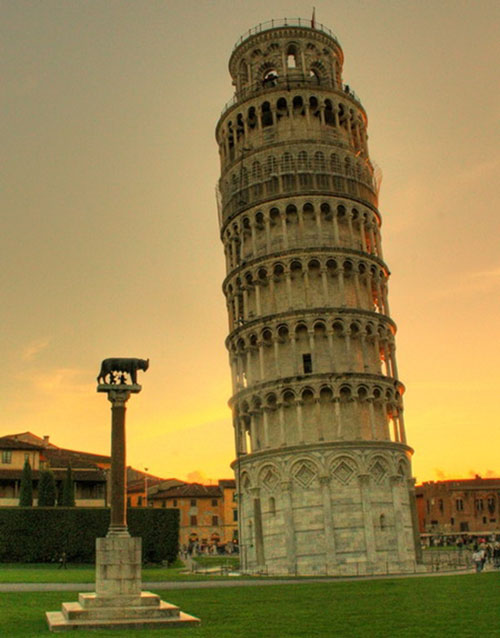
He dropped two objects of different weights from the top of the tower. Both hit the ground simultaneously, disproving the theory of the renowned Greek scholar Aristotle, who claimed: “Objects of different weights fall at different speeds.”
Illustration of Galileo’s experiment
Because of this, the Leaning Tower of Pisa became even more famous, inadvertently “promoted” by this great scientist.
For many years, Pisa was recognized in the Guinness World Records as the most tilted tower in the world. However, in November 2007, a church bell tower in Germany “stole” this title. More recently, the Capital Gate tower in Abu Dhabi, UAE, was recognized as the most tilted building in the world.



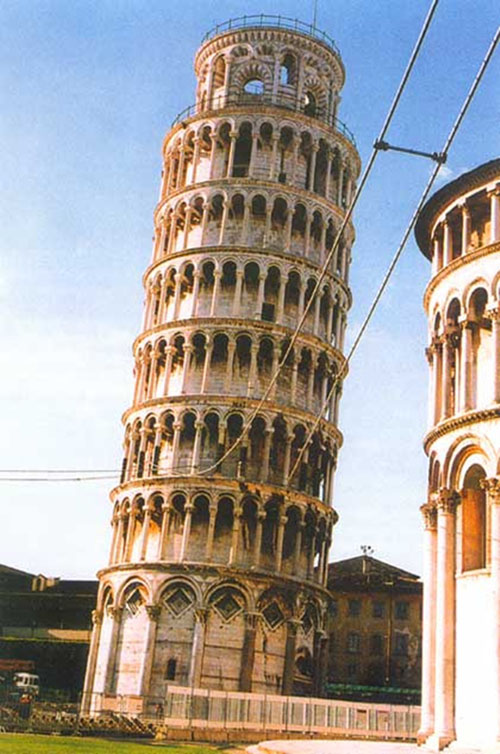
In 1987, the tower, along with the cathedral, baptistery, and cemetery, was declared a UNESCO World Heritage Site as part of the Campo dei Miracoli.
Why does the tower lean?
The tower was designed by two Australian architects, Mugahe and Borna Nasi, and construction began on August 9, 1173, under the direction of Bonanno Pisano. It took nearly 200 years to complete, finally finishing in 1350.
Originally, the tower stood upright. However, after the third floor was completed, builders discovered the foundation was too shallow—constructed on infilled riverbed soil—causing the structure to begin leaning.
The chief architect ordered the sunken side raised to balance the tower, but this only worsened the subsidence, forcing construction to halt.
Nearly a century later, architect Giovanni di Simone was tasked with resuming the project. By 1275, when work resumed, the third-floor tilt had reached 90 cm. To reduce weight, Simone used lighter materials and left a hollow gap of 30–80 cm in the walls, increasing higher up. Still, in 1278, work was again halted, possibly due to civil war.
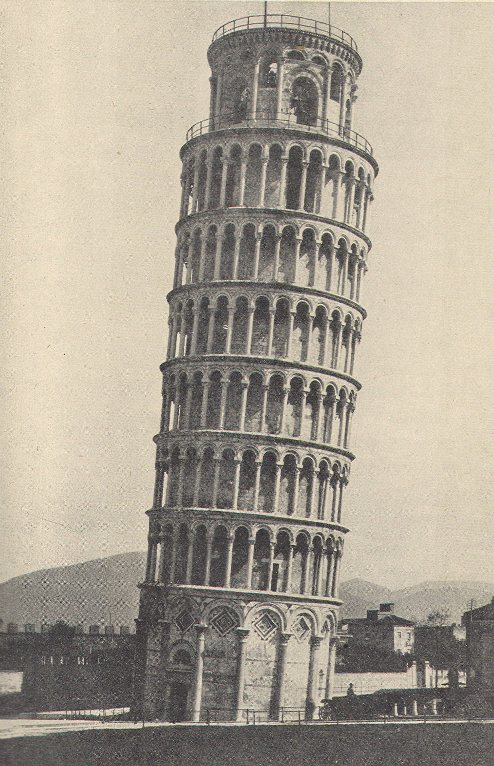
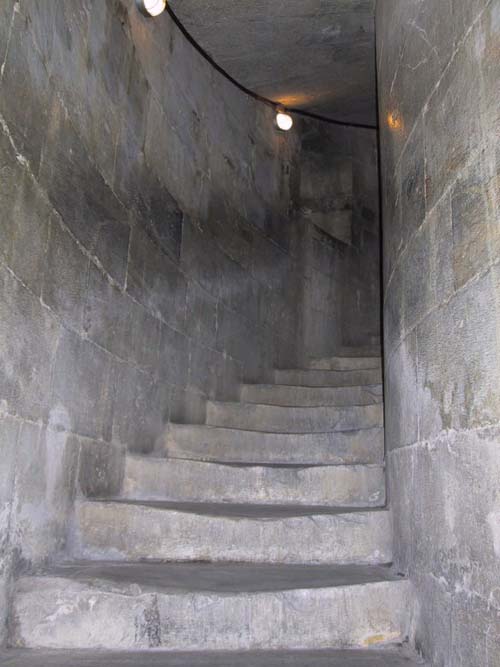
In 1350, the tower was completed in the form we see today. Floors seven and eight and the bell frame were built by architect Pizzarenco. Between the seventh and eighth floors, a shift in alignment is visible—the eighth floor tilts north while the whole tower leans south.
Interestingly, the bell chamber is more vertical than the rest of the structure—an intentional design to reduce weight and create a small circle of just 2.1 m in diameter at the top.
Restoration of the Leaning Tower of Pisa
In 1990, after a bell tower collapsed in Pavia (despite not leaning), the Italian Prime Minister formed a committee, chaired by Professor Michele Jamiokowski, to stabilize the Leaning Tower of Pisa and prevent collapse. The challenge was to stop further leaning without eliminating its signature tilt.
Many proposals emerged: using ropes and balloons to lift the tower, uprooting and rebuilding it, installing steel columns, or anchoring it with steel cables. But any significant movement risked disaster—just as in 1934, when adding 90 tons of concrete around the base increased the tilt.
After years of study, engineers adopted a soil extraction method: installing pipes under the north side of the foundation to remove soil and allow the tower to settle back slightly.

This work took 2.5 years, reducing the tilt by half a degree. The tower was also anchored with cables for safety, and additional cement was injected to relieve ground pressure.
Finally, the project succeeded. On June 16, 2001, after 11 years of closure for restoration, the bells of the Leaning Tower rang again amid flower showers and cheers from Italians celebrating its revival.
Today, scientists report the tower is slowly straightening at about 1.8 mm per year and may shift about 5 cm toward vertical in three years. Whether it will stop then remains unknown.
However, Professor Luca Sanpaolesi of Federico II University says this shift is invisible to the naked eye and will not make the tower “non-leaning,” ensuring its safety for at least the next three centuries.
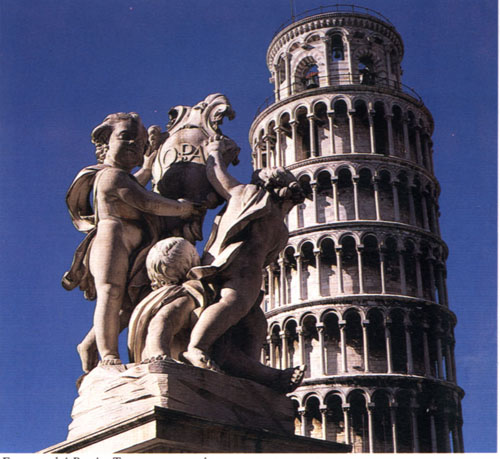

News in the same category


5 Types of Pesticide-Free Vegetables as Nutritious as Ginseng

4 “ki.ll.ers” that cause cancer right in your home

War.ning: 4 mistakes when using electric kettle every day

Why Do Apples Look Fresh on the Outside but Have Blackened Flesh Inside?

Why do old people often shed tears before they die?

Treating earache with garlic according to folk remedies, the man lost more sleep and received an unexpected ending

3 foods that may unlock your body’s longevity genes

4 Foods That Prevent Hair Loss and Promote Baby Hair Growth

These 4 Foods in Your Fridge Could Be Silent Can.cer Risks

The Vegetable Dubbed the “Vacuum Cleaner for the Lu.ngs”

Thy.roid Can.cer Warning: 7 Early Body Changes

A 13-Year-Old Girl Suffered from Severe Kid.ney Failure

Alarm in China that efforts to control Chikungunya virus are infr.in.ging on ri.g.hts

Do you know: Which is the only country in the world without mosquitoes?

5 Surprising Uses of This Fruit You’ve Probably Never Heard Of

Why Sleeping Next to Your Phone Could Be a Dangerous Habit

You Might Smell Stronger After Eating These 8 Foods
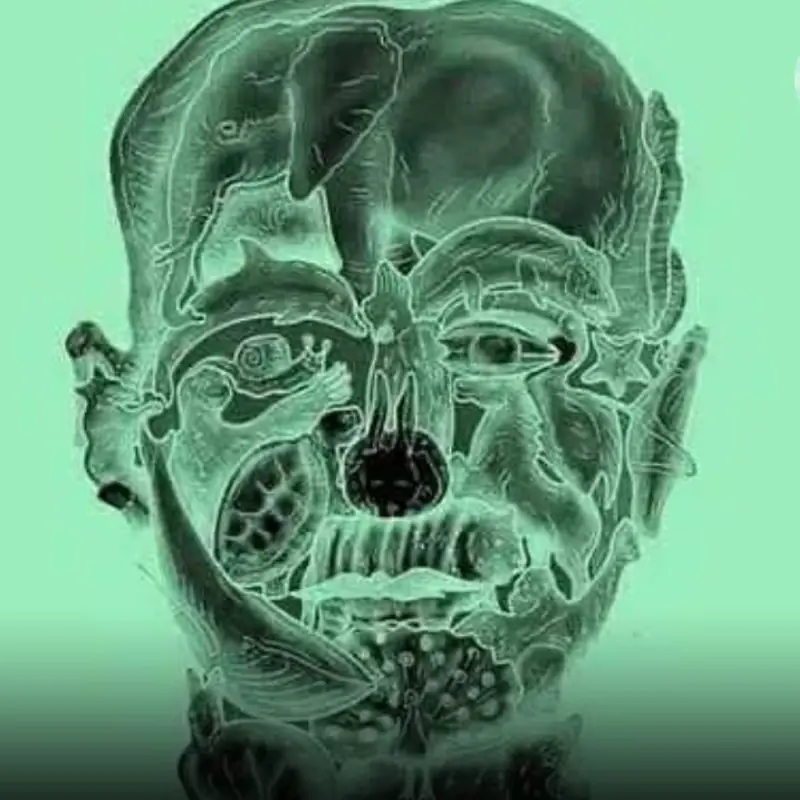
Don't Cheat – The First Animal You See Will Reveal Your Weakness
News Post

Discover 7 Amazing Ways Drinking Perilla Leaf Water Regularly Can Boost Your Health and Well-Being

Three Types of Vegetables with the Highest Pesticide Residues

No Matter How You Wash Clams, There’s Still Grit Inside?

What Is the Black Round Hole Next to the Camera on an iPhone For?

Doctor Warns: 5 Symptoms That Could Indicate Bone Cancer

7 foods to avoid in a colon cancer diet
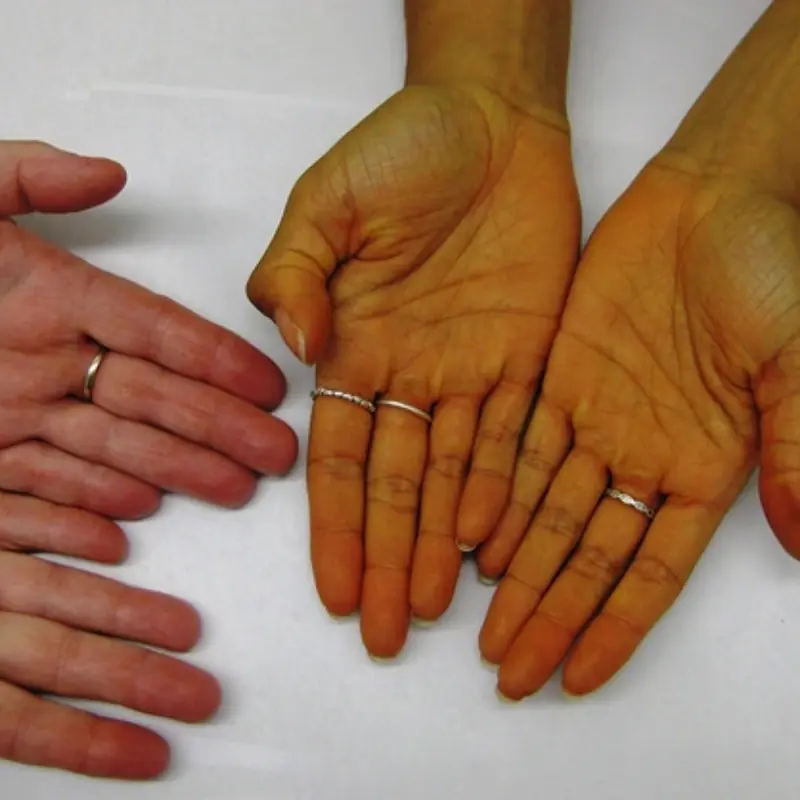
These Are the 5 Earliest Warning Signs Your Body Sends When Can.cer

5 Early Clues Your Body Sends When Bile Du.ct Can.cer Is Taking Hold

An 18-Year-Old Girl Suffered Severe Kid.ney Failure

5 Types of Pesticide-Free Vegetables as Nutritious as Ginseng

The Secret to Keeping Potatoes Fresh for 6 Months Thanks to a Surprising “Friend” in the Kitchen

The 8 warning signs your lips reveal about your health – from herpes to liver disease

7 Warning Signs of a Type of Can.cer That’s Treatable but Can Still Make It Hard to Have Children

6 Types of People Who Should Never Eat Too Many Eggs

Experimental HIV vaccines show promise in early safety test

4 “ki.ll.ers” that cause cancer right in your home

6 Types of People Who Should Avoid Eating Too Many Eggs

Check out these 6 health conditions when you drool while sleeping

The real reasons your limbs twitch at night
